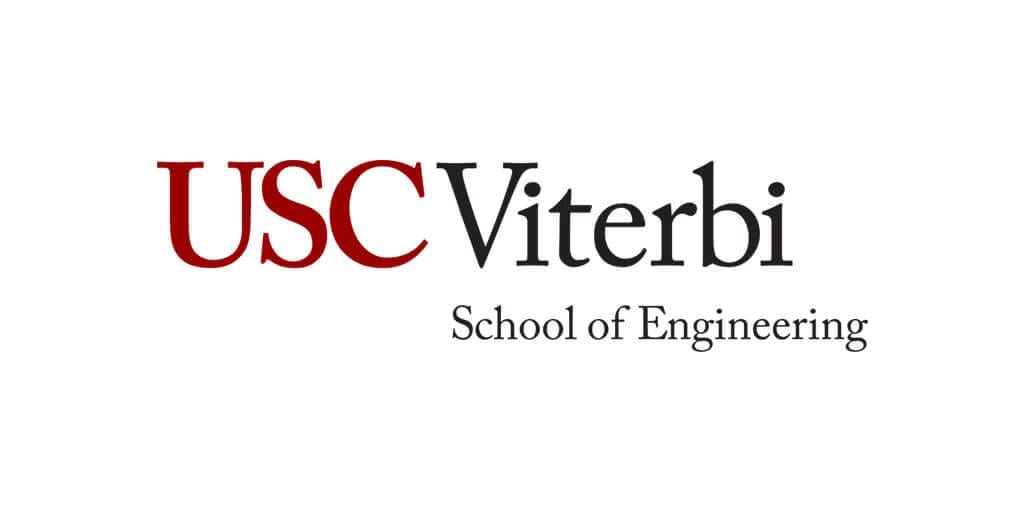
Princeton Plasma Physics Laboratory (PPPL) is a United States Department of Energy national laboratory for plasma physics and nuclear fusion science
The Latest Bing News on:
Princeton Plasma Physics Laboratory (PPPL) Research
- Research team accelerates multi-physics simulations with El Capitan predecessor systems
Researchers at Lawrence Livermore National Laboratory (LLNL) have achieved a milestone in accelerating and adding features to complex multi-physics simulations run on Graphics Processing Units (GPUs), ...
- Scientists use magnets to make clean fusion energy breakthrough: 'At least 100 times better than any existing [device]'
A stellarator may sound like something cooked up in the laboratory of a supervillain, but a breakthrough with this device may help bring us clean fusion energy at an affordable price. As detailed ...
- Fusion Energy Gets a Boost With Novel Plasma Control Technique
Researchers have successfully combined two existing plasma management methods, electron cyclotron current drive (ECCD) and resonant magnetic perturbations (RMP), offering greater flexibility and ...
- MUSE: The First Star Stellarator With A 3D Printed Casing
Researchers at the Princeton Plasma Physics Laboratory (PPPL) have pooled their expertise to create a new type of stellarator generator with permanent magnets and a novel 3D printed housing. MUSE, as ...
- Dr. Sidney Sylvester Medley, 82
Dr. Sidney Sylvester Medley, 82, of Princeton Junction passed away peacefully on Sunday, April 14, 2024 at the University Medical Center of Princeton at Plainsboro. Born in Vancouver, BC on July 12, ...
The Latest Bing News on:
Princeton Plasma Physics Laboratory (PPPL) Discovery
- Research team accelerates multi-physics simulations with El Capitan predecessor systems
Researchers at Lawrence Livermore National Laboratory (LLNL) have achieved a milestone in accelerating and adding features to complex multi-physics simulations run on Graphics Processing Units (GPUs), ...
- Princeton scientists unite two promising methods for fusion energy production
S cientists at the U.S. Department of Energy’s Princeton Plasma Physics Laboratory have successfully simulated a novel combination method for managing fusion plasma, showing how the two united methods ...
- Department of Energy Fusion Discovery Could Allow Physicists to Tame Volatile Plasmas
A new strategy toward using fusion to produce electricity combines two methods of managing plasma to allow greater overall flexibility.
- AI Breakthrough: Predicting Plasma Instabilities in Fusion Energy
I n the quest for clean, unlimited energy, scientists have made a monumental leap forward. A collaborative team from Princeton University and the Princeton Plasma Physics Laboratory (PPPL) has ...








